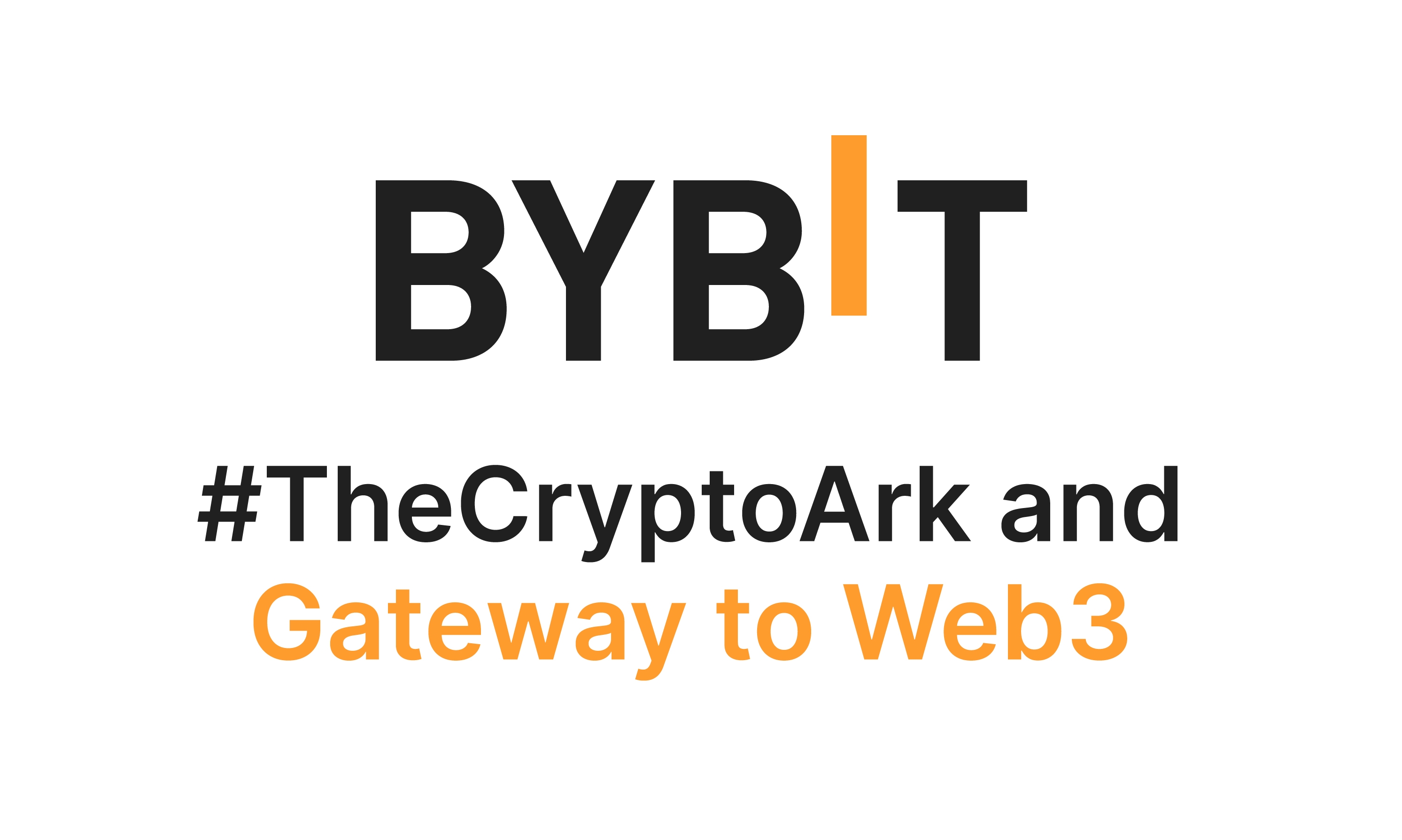Les critères de l’excellence dans le jeu en ligne
L’industrie du divertissement a connu une évolution majeure avec la montée en puissance des plateformes de jeu en ligne, qui offrent une flexibilité et une variété de divertissements sans précédent. La possibilité de s’engager dans ses jeux favoris à tout moment et de n’importe où a ouvert de nouvelles perspectives pour les amateurs de jeux, les libérant des contraintes des établissements physiques. Cette évolution s’appuie sur des plateformes de pointe, qui combinent une technologie sophistiquée, des interfaces conviviales et une vaste gamme de jeux pour créer une expérience immersive et accessible à tous.
Dans ce paysage en constante évolution, la réputation d’une plateforme se forge sur sa capacité à offrir une expérience utilisateur exceptionnelle. L’excellence ne se mesure pas seulement par le nombre de jeux disponibles, mais aussi par l’attention portée à chaque détail, de la fluidité de la navigation à la qualité du service client. Les joueurs recherchent des plateformes fiables et attrayantes, ce qui fait de Millionz Casino un nom qui résonne auprès de ceux qui aspirent à une expérience de jeu de qualité supérieure, où chaque session est une promesse de divertissement et d’excitation.
Une ludothèque riche et variée pour tous
Le cœur de toute plateforme de jeu en ligne est sa ludothèque, et celle-ci excelle dans ce domaine en proposant un catalogue impressionnant de titres, conçus pour satisfaire les joueurs les plus exigeants. Les amateurs de machines à sous peuvent explorer un vaste éventail de titres, allant des machines à sous classiques avec leurs symboles intemporels aux dernières innovations en matière de graphismes et de fonctionnalités. Les thèmes sont variés, les jackpots progressifs offrent des opportunités de gains potentiellement énormes, et les fonctionnalités bonus enrichissent l’expérience de jeu. Chaque session est une occasion de découvrir un nouvel univers et de tenter sa chance pour décrocher des gains.
Les jeux de table ne sont pas en reste. Les joueurs passionnés de stratégie peuvent se divertir avec une large sélection de jeux traditionnels comme la roulette, le blackjack, le baccarat et le poker, chacun disponible en plusieurs variantes. Ces jeux, reproduits avec des graphismes soignés et des interfaces fluides, offrent une expérience de jeu authentique et stimulante. La diversité des options assure que chaque joueur, quel que soit son niveau d’expérience, trouvera son bonheur.
L’expérience immersive du casino en direct
Pour ceux qui aspirent à l’ambiance et à l’interaction d’un casino terrestre sans quitter leur domicile, la section du casino en direct est la solution parfaite. Grâce à une technologie de streaming vidéo en haute définition, les joueurs peuvent interagir avec de véritables croupiers professionnels en temps réel. Cette fonctionnalité crée une atmosphère unique, mêlant le réalisme d’un casino terrestre et la commodité du jeu en ligne.
Les jeux en direct disponibles sont nombreux et incluent des grands classiques comme la roulette, le blackjack et le baccarat, ainsi que des jeux télévisés inspirés d’émissions populaires. L’interaction est au cœur de cette expérience : les joueurs peuvent échanger avec le croupier et les autres participants, ce qui rend le jeu plus social et engageant. La qualité de la diffusion en continu est irréprochable, assurant une expérience sans accroc ni latence.
- Points forts de la plateforme :
- Une large gamme de machines à sous, y compris des jackpots progressifs.
- Un catalogue de jeux de table variés.
- Une expérience de casino en direct immersive avec de vrais croupiers.
- Des mesures de sécurité avancées pour la protection des données.
- Des promotions et bonus généreux pour les joueurs fidèles.
- Un support client professionnel et réactif.
La sécurité et l’équité : des valeurs fondamentales
La confiance est un pilier essentiel du jeu en ligne. Pour garantir un environnement de jeu sûr et équitable, des protocoles de sécurité rigoureux sont mis en place. L’utilisation de technologies de cryptage avancées protège les informations personnelles et financières des utilisateurs, garantissant la confidentialité et la sécurité de toutes les transactions.
L’équité des jeux est assurée par l’utilisation de générateurs de nombres aléatoires (RNG) certifiés. Ces systèmes garantissent que les résultats de chaque jeu sont entièrement aléatoires et impartiaux. Des audits réguliers par des organismes indépendants confirment l’intégrité de ces mécanismes, offrant aux joueurs la tranquillité d’esprit nécessaire pour se concentrer sur le plaisir de jouer.
Des bonus généreux et un support client de qualité
Les bonus et les promotions sont des éléments qui enrichissent l’expérience de jeu. Les nouveaux joueurs sont souvent accueillis par des offres de bienvenue généreuses, qui peuvent inclure des tours gratuits et des bonus sur les premiers dépôts. Ces incitations permettent d’augmenter le capital de jeu et de découvrir les différentes facettes de la plateforme.
La fidélité des joueurs est également récompensée. Les joueurs réguliers peuvent profiter de promotions continues, de bonus de recharge et d’un programme de fidélité qui offre des récompenses exclusives. Un support client de haute qualité est un autre aspect crucial de l’expérience utilisateur. Une équipe de support réactive et professionnelle, disponible via plusieurs canaux de communication, est essentielle pour répondre aux questions et résoudre les problèmes rapidement, assurant ainsi une navigation fluide et agréable sur le site.
En conclusion, le choix d’un casino en ligne est une décision importante. L’expérience de jeu idéale repose sur une combinaison de facteurs : une offre de jeux variée, un environnement sécurisé, une équité totale et un service client de qualité. Cette plateforme a su réunir ces éléments essentiels pour offrir une expérience de jeu complète et captivante, répondant aux attentes des joueurs les plus exigeants.




